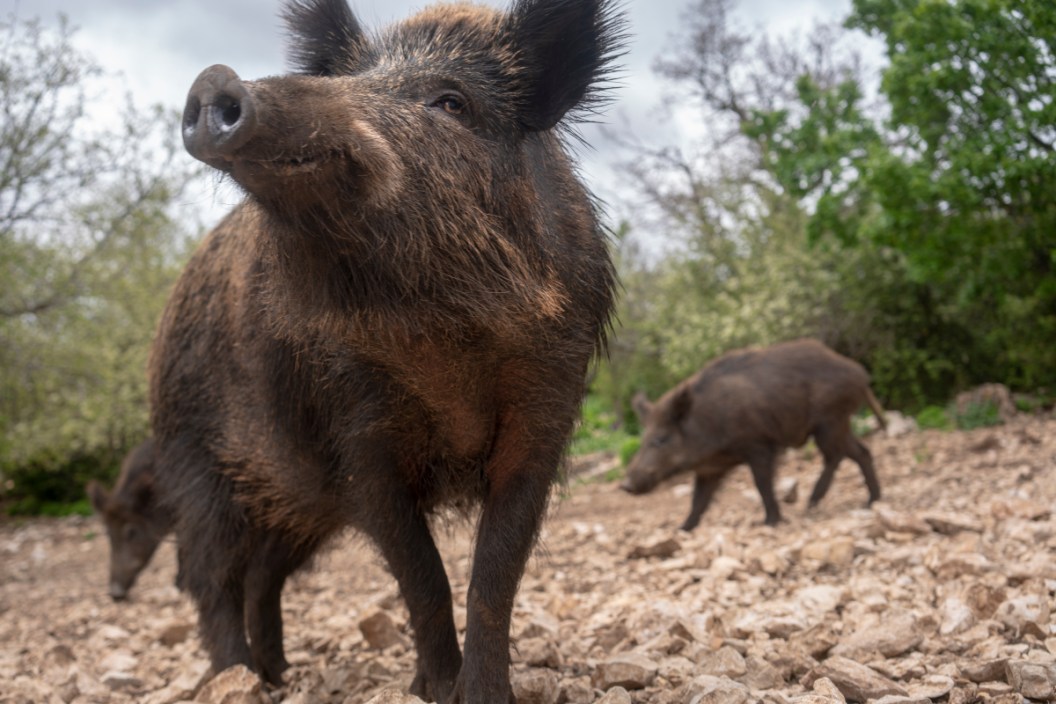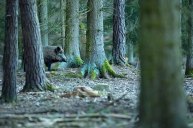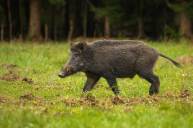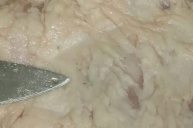Are feral hogs safe to eat?
Without question wild hogs are the most problematic invasive species currently inhabiting North America, especially in Texas and Florida where the hog population only continues to grow. In most cases, hog hunting can only go far in stopping the spread of these destructive critters. In Texas alone, it's estimated the five million feral pigs cause at least $1.5 to $2.5 billion (Yes, billion with a capital B) in damages for ranchers and farmers every single year.
Then there are the dangers to domestic animals and our precious native species like turkeys and deer. Remember, these animals are omnivores and they have been known to eat turkey eggs and fawns from time to time.
We could go on all day about the problems posed. Just know they're enough that many states have no wild hog bag limits, no set season, and are even eliminating the need for a hunting license to harvest these pests.
While many people have started to pursue feral swine with guns and bows, some hunters are wary about them as table fare. That's mostly because there's a lot of conflicting information out there about the safety of eating wild pigs as opposed to domestic pork.
Let's look at what the experts say and address some of the legitimate concerns about turning wild hog meat into a delicious meal.
Is feral hog meat safe to eat?
According to the Texas A&M Natural Resources institute, feral hog meat is technically not safe to consume. They explain a little more fully why in the video above.
However, most of the risks associated with consuming wild pork are connected to the diseases that hogs are known to carry. The U.S. Department of Agriculture and the Centers for Disease Control have put together an informative flyer that shows how hogs are known to carry at least 24 diseases. Among the diseases of concern are things like salmonella, hepatitis, E. coli, swine influenza, trichinellosis, and more.
One big concern is brucellosis, which is spread by bacteria. The bad news is that you do not have to eat the meat to contract it. The USDA warns you can get infected from contact with blood, tissue, and other bodily fluids of these wild animals. Symptoms include things like muscle and joint pain, fatigue, loss of appetite, fever, chills, and sweating.
Fortunately, brucellosis is rarely fatal and can be treated with antibiotics, but it's still something you probably do not want to contract. However, the concerns about disease should not necessarily scare you away from eating the meat from that big porker you just dropped, as long as you know how to go about it.
How to avoid diseases in hog meat
Before you go getting upset thinking that those pork chops or pulled pork sandwiches you had planned are a no-go, know that most issues with disease in hogs are going to stem from undercooked meat. To be honest, that can be a risk with any wild game meat.
An internal thermometer plays a key role here, because the USDA recommends always cooking feral hog meat until it reaches an internal temperature of at least 160 degrees.
This temp helps to kill all the bacteria and pathogens that could potentially get you sick, and that's not too unusual of a recommendation. Most experts recommend the same thing for anyone who is preparing venison. At the same time, they are quick to caution that simply smoking, freezing, drying, or pickling the meat will not kill the bacteria that may spread diseases.
Other precautions are obvious ones you probably should be taking when prepping wild game anyway. Wearing gloves when field dressing or butchering a feral pig isn't so much about avoiding dirty hands as it is about avoiding harmful bacteria from the blood and other fluids that could make you sick. Once the pig is butchered or dressed, wash your hands with hot water and antibacterial soap quickly. Do the same with any surfaces that had blood or raw meat touching them.
Other concerns with eating feral hogs
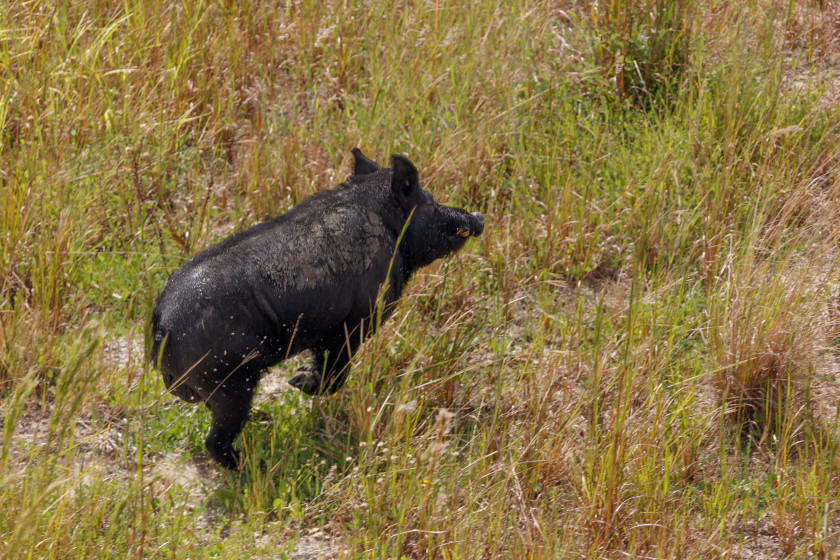
Getty Images: 6381380
Some people factor the size of a pig into the edibility determination. There's a long-standing thought that larger hogs are too tough and gamey, which is why some hunters don't mess with them. It's probably without question that smaller sows and piglets are going to produce meat that is much more tender than the 200- to 300-pound wild boars. However, there are also plenty of people who regularly eat larger hogs weighing 150 pounds or more. Probably the best tip we can give you is to get the pig cleaned, butchered, and on ice as quickly as possible. It does seem to play a real factor into how tasty the meat ends up.
Make sure you are using extremely sharp knives so you can carve up your hog as quickly and efficiently as possible. One thing all hog hunters will agree on, you'll want to avoid puncturing the animal's stomach. That's a quick way to ruin the meat. In fact, we've heard of hunters who do not even bother gutting the animal. They butcher everything around it with a loss of the tender loins. For some hunters, it's not worth bothering. Your mileage on that may vary. Some hunters simply take the animals to a processor. We can't blame them, cleaning a hog always seems to be inherently messier than a whitetail deer.
In the end, the way you prepare your hog is probably going to go a long way towards improving the taste. Read the instructions on any wild hog recipe carefully to make sure you are not missing any important steps on taking out the gamey taste in the meat.
One last thing we want to mention involves skinning your animal. If you open a feral hog to find it has blue fat, discard it immediately. The meat is probably not safe to eat under any circumstances. It's likely the hog has ingested some sort of poison at some point.
Other than that, people do kill and eat thousands of feral hogs every year. Some people even prefer wild hogs to venison! If you make sure you are following proper safe food handling and cooking procedures, you should be good to go on eating them. Happy hunting!
For more outdoor content from Travis Smola, be sure to follow him on Twitter and check out his Geocaching and Outdoors with Travis YouTube channels.
